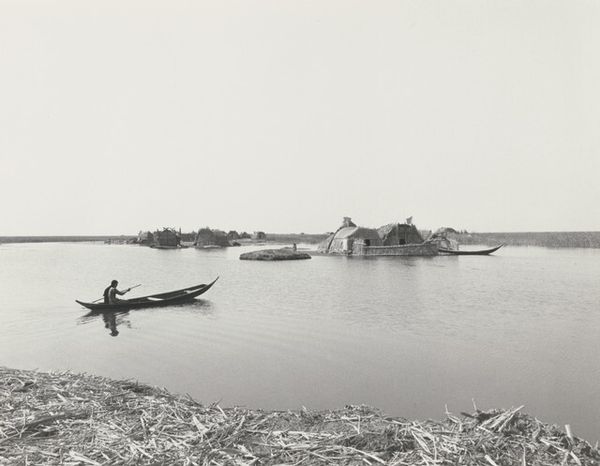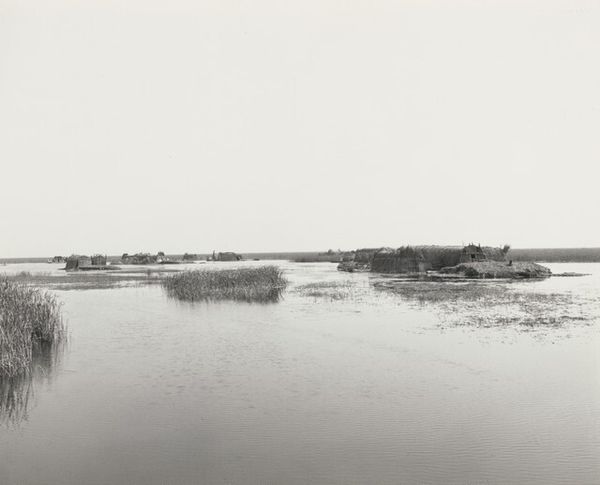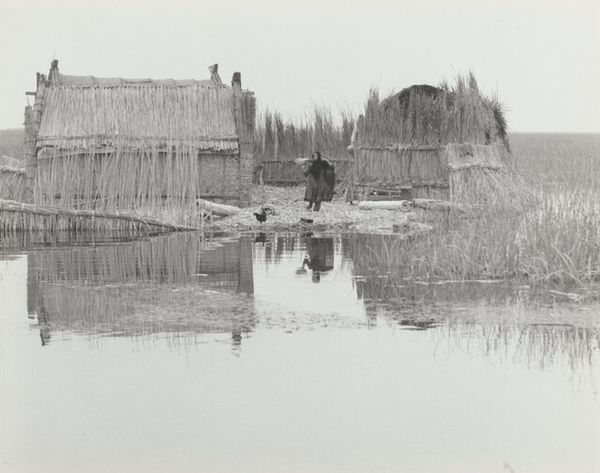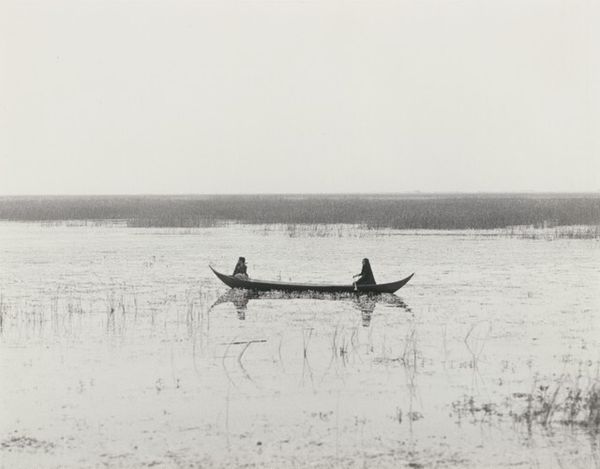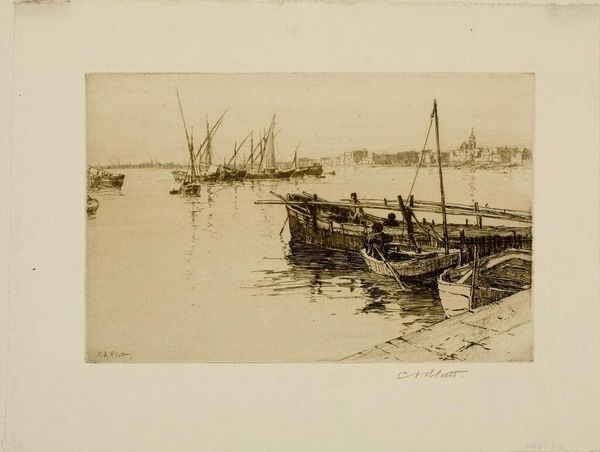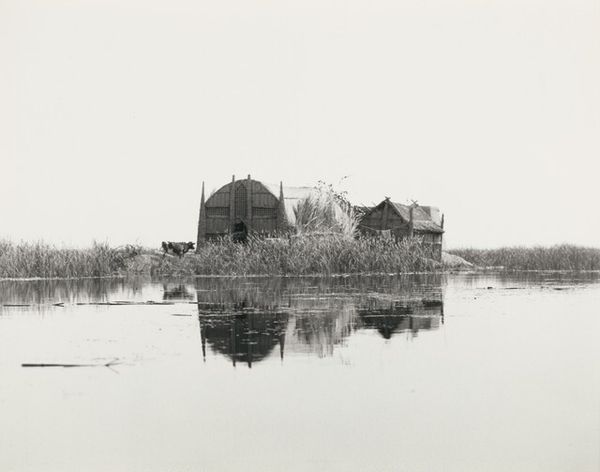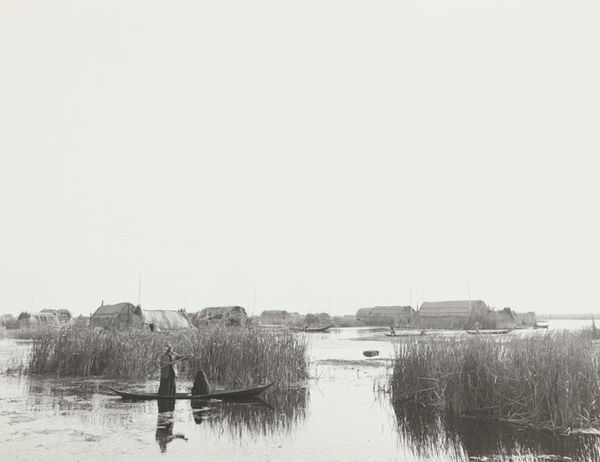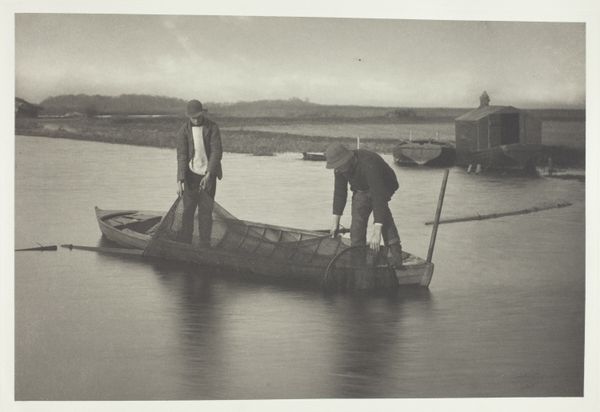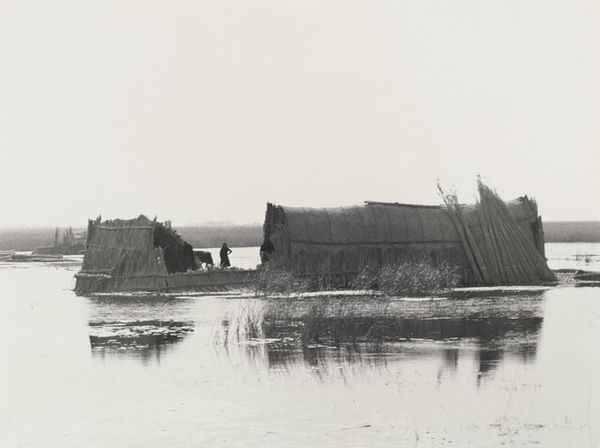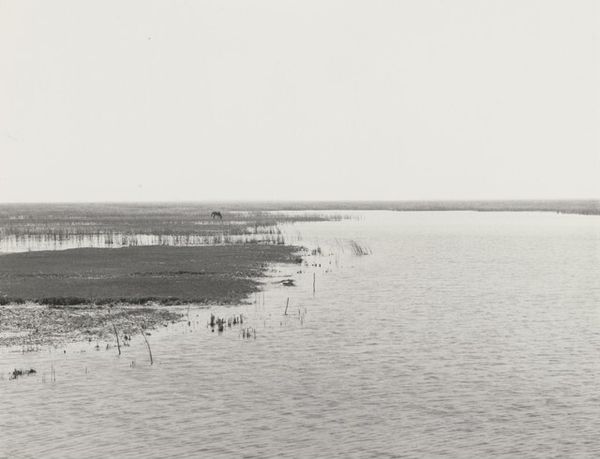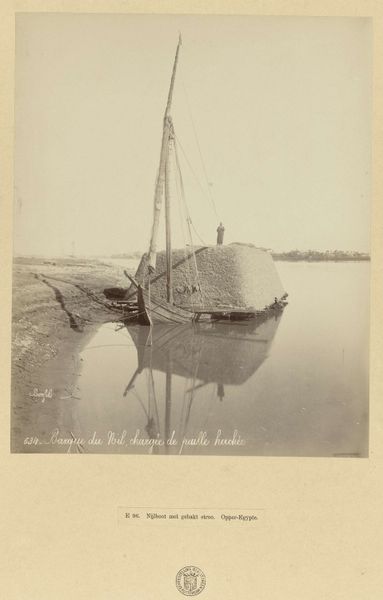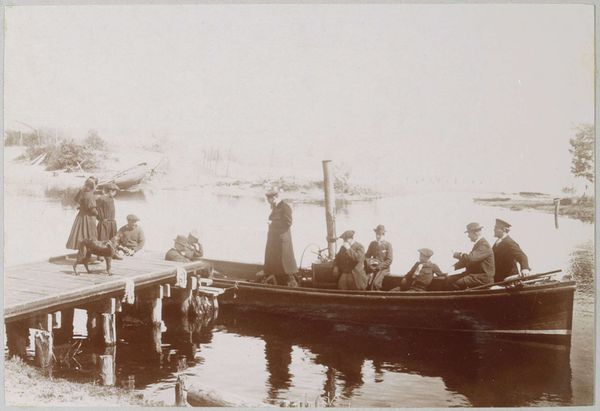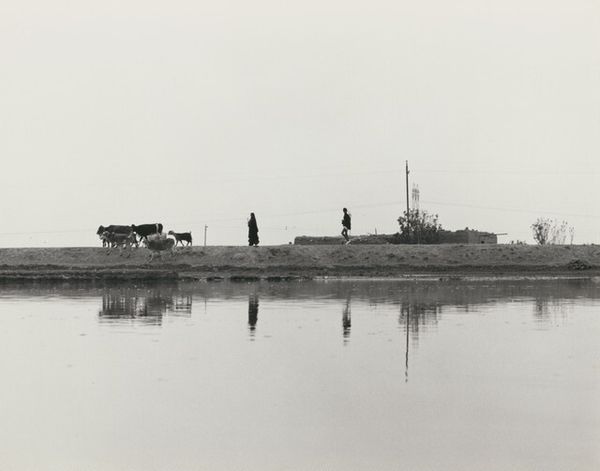
photography
#
black and white photography
#
landscape
#
photography
#
black and white
#
monochrome photography
#
monochrome
Dimensions: image/sheet: 30 × 23.8 cm (11 13/16 × 9 3/8 in.)
Copyright: National Gallery of Art: CC0 1.0
Editor: We're looking at Ursula Schulz-Dornburg's black and white photograph, simply titled "Untitled," created in 1980. The landscape has an ethereal quality. The reflections on the water are almost as sharp as the objects themselves, blending the boundary between reality and its mirrored image. How do you interpret this work? Curator: Indeed. Let us observe the formal structure first. Note how the artist utilizes the stark contrast inherent in monochrome photography. The composition is meticulously balanced. The upper register of the picture plane consists primarily of negative space. Your eye is drawn downward by the complex interplay of light and shadow created by the reeds and boats and, particularly, the architecture on the left side, doesn't it? Editor: Yes, the verticality of the thatched construction is quite prominent and then sharply contrasts with the smooth water. Is that strategic? Curator: Precisely. Consider how Schulz-Dornburg employs the rule of thirds. The horizon line, though somewhat indistinct, adheres to this principle, creating visual harmony. Moreover, the textures—the roughness of the dwellings juxtaposed with the smoothness of the water—introduce a dynamic tension. Can you identify the various lines at play and their relationships to each other? Editor: The sharp vertical reflections certainly grab my attention, and those seem to repeat the texture in the huts, but with a different quality... Curator: I suggest that these stark repetitions between natural and constructed elements prompt a deep analysis into a discourse of mirroring and doubling, signifiers often at play in Schulz-Dornburg's body of work. We observe her attention to geometry to deconstruct themes such as temporality, home, and the natural world. Editor: I see how this examination into her technical choices and deployment of artistic tenets sheds light on the artist's key themes. Thanks. Curator: You're most welcome; observing and noting is where insight grows.
Comments
No comments
Be the first to comment and join the conversation on the ultimate creative platform.
